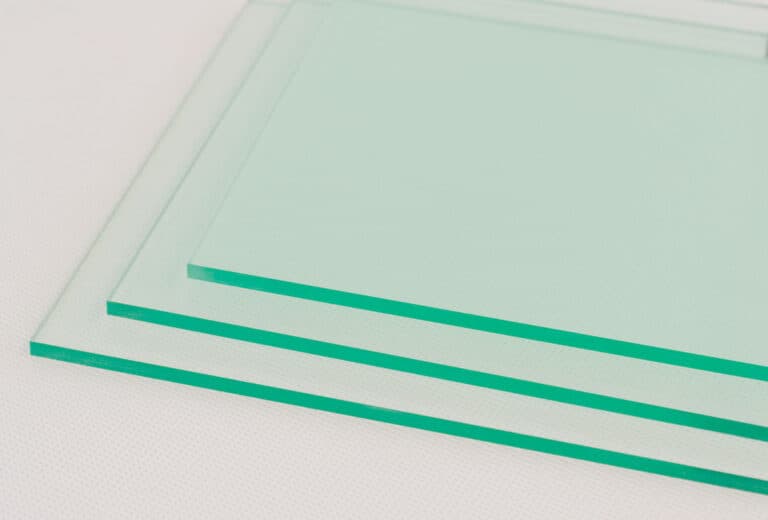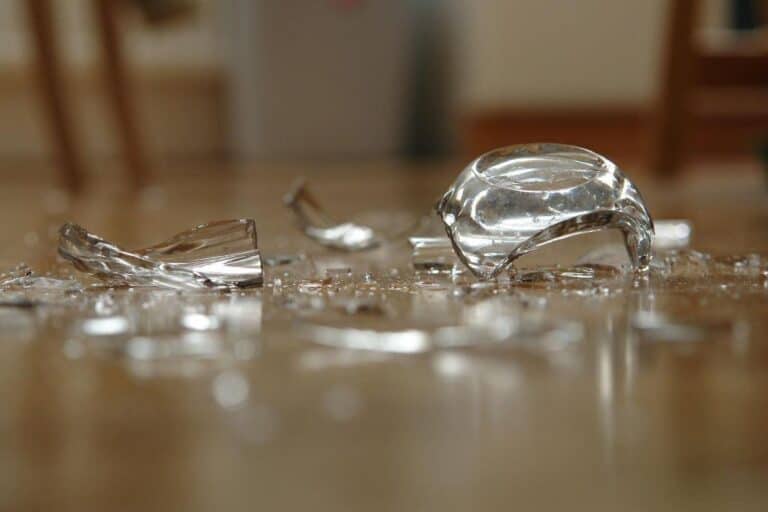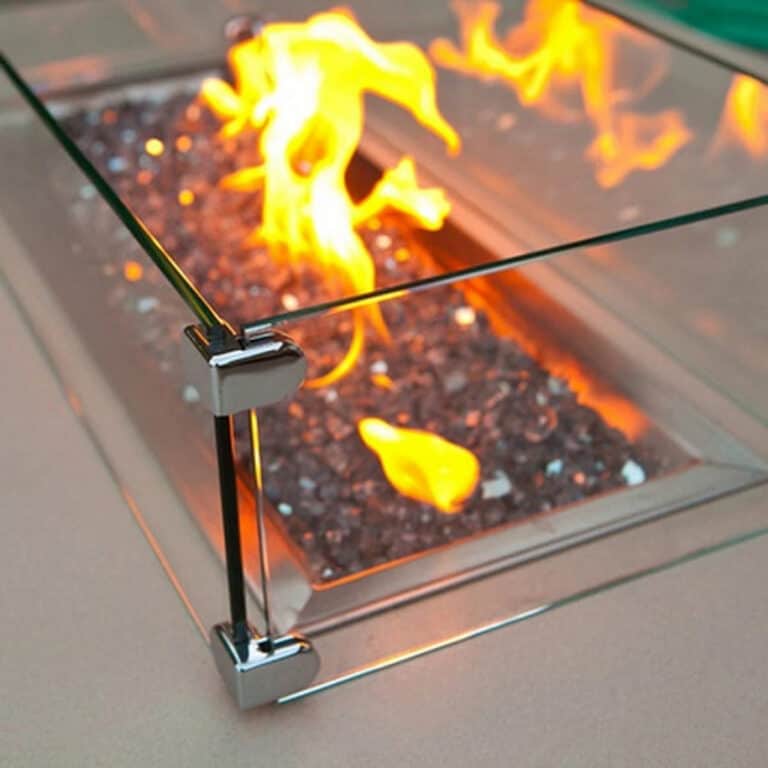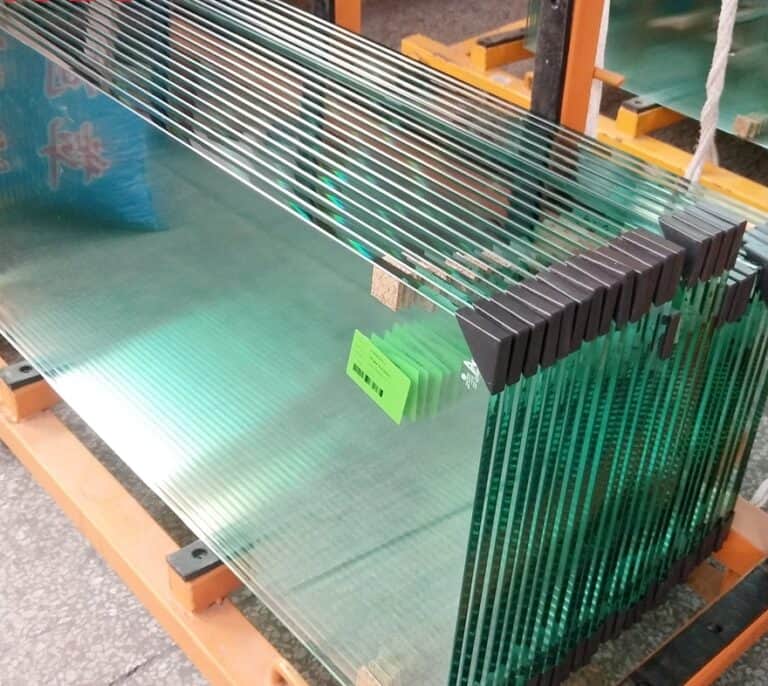What Are Annealed Glass Advantages and Disadvantages (Explained)
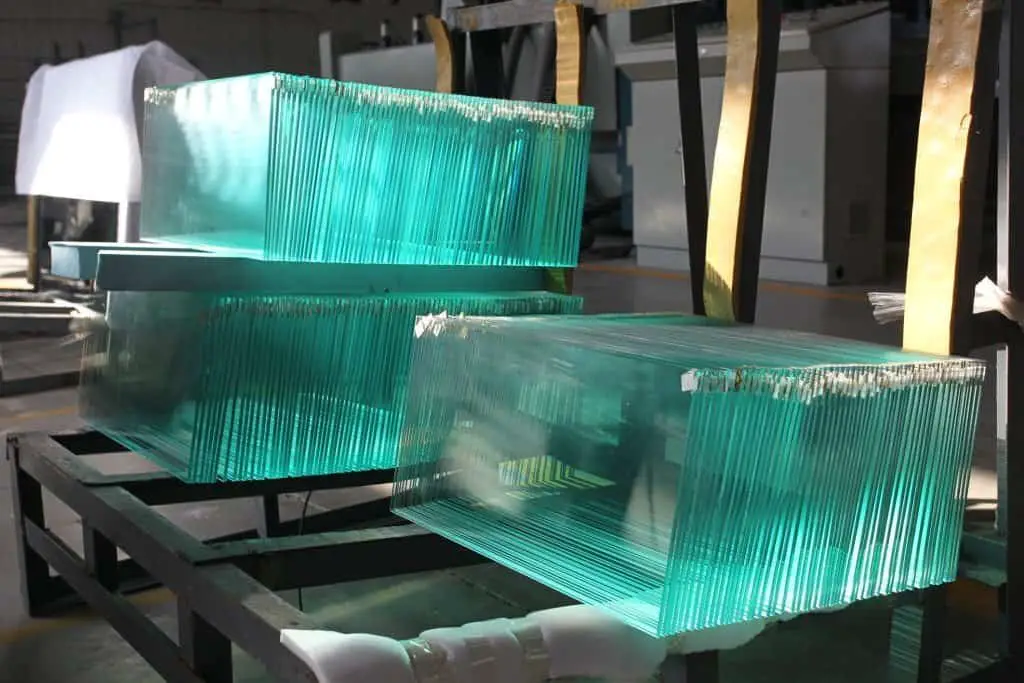
What is Annealed Glass?
Annealed glass is also known as basic glass. It is a type of glass that has been heat treated to make it stronger. The glass is heated to a high temperature and then cooled slowly to relieve stress and make it less brittle.
Annealed glass is also known as float glass because it is often used to make large sheets of basic float glass.
Annealed glass also has a lower coefficient of expansion, which means it can be used in a wider variety of applications. This type of glass is frequently used in the manufacture of a wide range of consumer glass goods, including windows, doors, and other objects that need to be long-lasting and resistant to temperature changes.
What Is the Purpose of Annealing Glass?
In the annealing process, the glass is cooled and then re-annealed multiple times. The cooling process used to anneal glass slowly brings the temperature down until it matches the original temperature of the molten glass.
This process allows for a more uniform distribution of heat throughout the material, which in turn results in a more consistent final product in terms of strength and thickness.
Annealing glass is a process of slowly cooling hot glass to relieve internal stresses and promote dimensional stability. When annealed correctly, the glass will be less likely to break and will have a higher resistance to thermal and mechanical shock.
This is needed to remove any internal stress and heat distortion caused during the manufacturing process.
If not removed, glass could otherwise be susceptible to cracking and shattering in response to small thermal or mechanical shock. Float glass is an example of an annealed glass product, which is renowned for its ability to resist inclusions and other artifacts.
Does Annealing Increase Glass Toughness?
The process of annealing glass is used to relieve stress within the material. By heating the glass to a high temperature and then cooling it slowly, the molecules have time to rearrange themselves and reduce the amount of stress within the structure.
The process of annealing also makes the glass more resistant to thermal stress. In most cases, thermal stress can cause the glass to break or shatter.
By increasing the durability of the glass, the glass becomes stronger and less likely to break.
While annealing does add strength to glass, it is also important to remember that this process must be done carefully in order to avoid damaging the material.
Annealed Glass Advantages
- If you are looking for a cheaper option for glass, annealed glass is the way to go. This type of glass is less expensive than regular or tempered glass. It is more economical and is available in a variety of sizes, thicknesses, and colors.
- Annealed glass is one of the most popular types of glass because it is easy to use. It can be cut, drilled, and shaped to fit any project. Annealing glass helps to relieve stress from the manufacturing process, making it less likely to break. The process also makes the glass stronger and more durable.
- Annealed glass is used in a variety of applications where its flexibility and durability are important, such as windows, skylights, and medical devices. It is also often used in art or decorative applications where its unique properties can be exploited to create interesting effects.
Annealed glass can be used in a variety of ways. It is often used in windows and doors because it is strong and durable. It can also be used in art projects or as a decorative element in homes and businesses. because of its unique look. Annealed glass is also heat resistant, making it ideal for use in cookware and bakeware.
The Disadvantages of Using Annealed Glass
There are a few disadvantages to annealed glass.
- It is not as strong as heat-strengthened or tempered glass, so it is more susceptible to breakage.
- When broken, it tends to shatter into sharp, uneven pieces.
- It can also be more difficult to cut and drill than other types of glass.
- Annealed glass also has poorer thermal properties than tempered or heat-strengthened glass, so it is not ideal for applications where high temperatures are involved.
How Do You Know If a Glass Is Annealed?

When it comes to working with glass, annealing is an important process. But how can you tell if a piece of glass has been properly annealed? Here are a few things to look for:
- First, check the surface of the glass. If it’s smooth and free of any cracks or chips, that’s a good sign that the glass has been annealed.
- Next, take a close look at the edges of the glass. If they’re nice and smooth, that’s another indication that the glass has been through the annealing process.
- Finally, tap on the glass lightly with your finger. If it makes a clear, ringing sound, that means the glass is properly annealed and won’t break easily.
The Difference Between Annealed and Tempered Glass
Tempered glass is a type of glass that has been treated with a hot tempering process, which makes it more resistant to scratches and breakages. It also has a higher resistance to heat and cold, making it ideal for use in areas where there is a high chance of temperature fluctuations.
Annealed glass, on the other hand, is simply raw glass that has not been tempered. It has lower resistance to heat and cold, meaning that it may fracture if subjected to extreme conditions.
Annealed glass is often used in applications where the glass is being used for decorative purposes, such as bathroom shower doors and windows.
Tempered glass is often used in applications where safety is a concern, such as car windshields, shower doors, and skylights. This type of glass is often used in windows, doors, and other places where it needs to be impact resistant. Tempered glass is also heat resistant, making it a good choice for areas near fireplaces for stoves.
Annealed glass has not been treated with heat or chemicals like tempered glass has. This makes it more vulnerable to breaking and shattering. However, because it hasn’t been treated, annealed glass can be cut and shaped more easily than tempered glass.
Annealed Glass vs. Tempered Glass: Which Type is Right for You?
If there is a possibility of someone falling through the glass, annealed glass should not be used. These dangerously sharp bits can cause serious injury. Additionally, you should stay away from annealed glass while making fragile items. If not, you will need to replace the glass frequently, which will be expensive.
Annealed Glass for Fabrication and Projects
Due to the fact that annealed glass may be cut, drilled, and constructed, fabricators generally utilize it as the raw float glass material. In rare cases where safety glass is not required for a project, the annealed condition of the glass is preserved.
Nevertheless, because nearly all glass used in construction for retail display cases, windows, and office walls, among other purposes, must be safety glass, annealed glass is put to tempering in the last phases of manufacture.
What Are Annealed Glass Advantages and Disadvantages: Conclusions
Annealing is the process of heating and cooling glass to increase its strength and durability. The process of annealing begins with heating the glass to a high temperature, followed by gradually cooling it.

